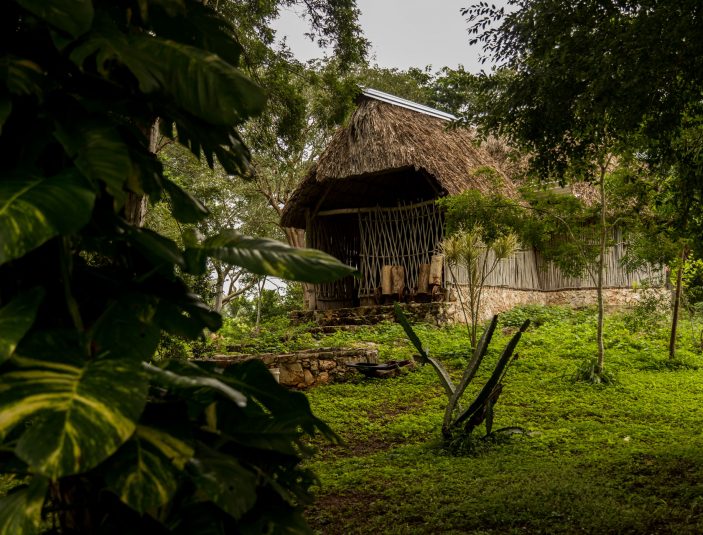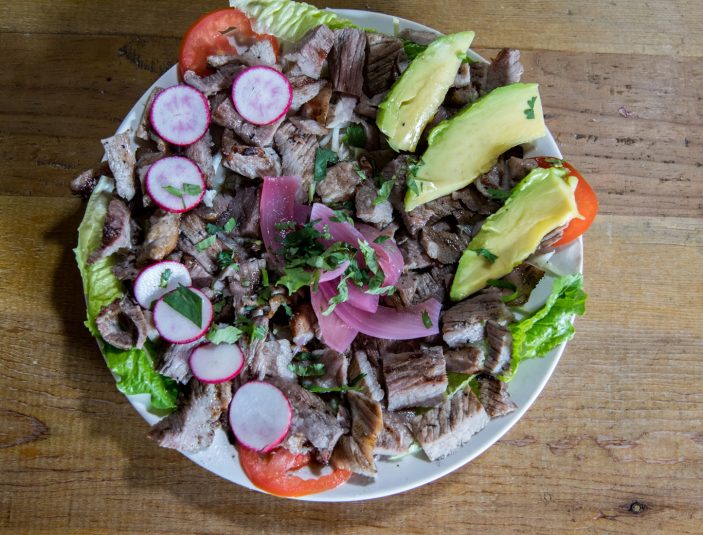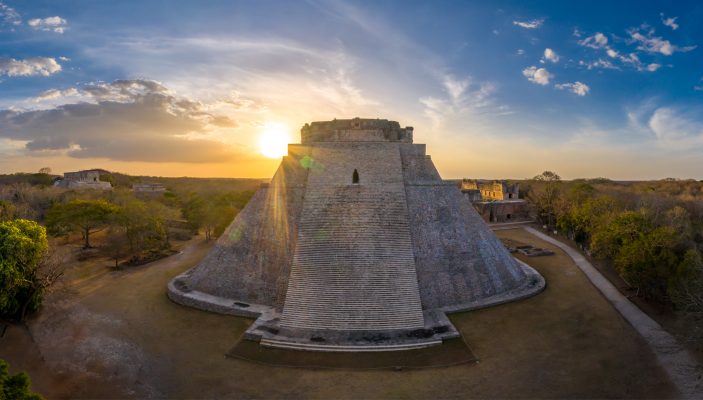About
Maní is a town that proudly shares its cultural legacy and ancestral traditions. This charming destination offers an authentic experience, with its cobblestone streets, colonial architecture and the hospitality of its inhabitants create a cozy and unique atmosphere for you to enjoy. In addition, Maní has a traditional Yucatecan gastronomy that provides a vibrant cultural essence, as well as traditional festivities that celebrate the Yucatecan identity.
It is a perfect place to escape from routine and enjoy the tranquility of an authentic Mexican town. Maní offers an enriching experience that will capture your spirit and transmit the essence of the magical towns of Yucatán.
Maní, place where everything happened, or “Manik” day of the Mayan calendar related to the deer, is a town filled with a heritage full of history that was built in colonial times.
Must-sees
 School of ecological agriculture U Yits Ka'an
School of ecological agriculture U Yits Ka'anSchool of ecological agriculture U Yits Ka'an
It is an educational and liberating process of accompaniment for Mayan families", it focuses on agroecology and is possible because they maintain a strong close link between farmers, NGOs, agroecological producers, institutions, etc. of the Mayan community; as an end, different people will be able to become ‘managers of change in their respective communities’.
 Convent of San Miguel Arcángel
Convent of San Miguel ArcángelConvent of San Miguel Arcángel
Its construction began in 1549. It is the abundance of artistic details that makes the convent one of the most impressive and oldest in the peninsula, it requires dedicating time to appreciate the beauty of each of its elements. On the exterior, the ample atrium, the pilgrims' portal, the arches of the upper floor and, above all, the monumental open chapel stand out. Inside, the altarpieces stand out, some gilded and others polychrome.
Xcabachen Cenote
Xcabachen means “well”. When you arrive at Maní, you will find a stone arch with railings and when you go down its steps, you will discover a half-open cenote with an inscribed message: “This is where Diego de Landa made his ‘act of faith’ by burning everything”.
 Mayan Solar
Mayan SolarPuuc Biocultural Reserve
Mayan communities, archaeological sites, caves and a wide variety of vegetation and fauna are spread throughout this biocultural reserve. Efforts are currently underway to preserve the jaguar, its prey and the remnants of the Puuc jungle. You will discover trails that cross the jungle, the opportunity for bird watching, and the chance to interact with the Mayan communities and their archaeological heritage.
Traditional Mayan Solar
Visit an agro-ecological farm where you will learn about the timber trees, the traditional milpa, the food forest, the native forest, the tropical forest and the natural ecosystem of the area. You can also enjoy a wide variety of organic foods, such as hamburgers made with local meat and vegetables from the land, artisan pizzas and ancestral Mayan food. You will also have the opportunity to purchase local products, participate in agro-ecological production workshops and enjoy refreshing drinks made with seasonal fruit.
Gastronomy
 Poc Chuc
Poc ChucPoc Chuc
This traditional dish of Yucatecan gastronomy is also one of the great attractions of Maní. The great taste of this dish has turned this town into a gastronomic destination. You will find the best Poc Chuc in Maní.
Nearby places
Uxmal
Its name means “the three times built”. In this area you can appreciate the engravings and sculptures of the feathered serpent, the god Quetzalcoatl, or the figures of Chaac, the god of water.
Uxmal is made up of fifteen groups of buildings built around patios on a north-south axis.
 Uxmal
Uxmal